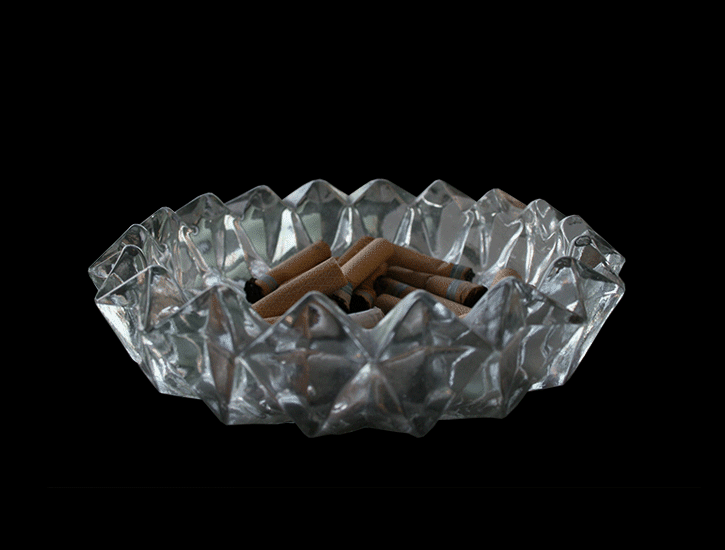
Extinct: A Compendium of Obsolete Objects, ed. Barbara Penner, Adrian Forty, Olivia Horsfall Turner, and Miranda Critchley. Reaktion Books, 400 pages.
“MY MOTHER POSSESSED A SUPERLATIVE ASHTRAY,” writes architecture critic Catherine Slessor. It had a waist-high stand and a chrome-plated bowl, and, she writes, “faintly reeking, it stood to attention in our 1960s suburban living room like some engorged trophy.” Slessor goes on to describe other ashtrays of note: a Limoges porcelain limited-edition ashtray that Salvador Dalí designed for use on Air India, in exchange for a baby elephant that the airline transported for him from Bangalore to Spain; the ashtrays at Quaglino’s in London that reportedly used to disappear at a rate of seven per day in the 1990s, snatched by diners as souvenirs of a society locale. In doing so, she conjures the material world of the twentieth century, inhabited as it was by ashtrays of all shapes and sizes. Then, with the dawn of the millennium, this category of object—part functional décor, part objet d’art—all but disappeared.
Slessor’s short essay on the ashtray appears in the new book Extinct: A Compendium of Obsolete Objects, a collection of illustrated essays on eighty-five objects that, its editors write, “once populated the world and do so no longer.” To skim its table of contents is to encounter a wide-ranging catalog of lost things: all-plastic houses, cab fare maps, chatelaines, flying boats, moon towers, paper dresses, slide rules, UV-radiated artificial beaches, zeppelins. It is pointedly open-ended, inclusive of infrastructure and architecture as well as personal effects. The only unifying criterion is what its editors term “extinction,” in a self-conscious nod to Darwin-inflected evolutionary theories of technological innovation. “When things disappear, they do so, it is implied, because of their own inadequacy or their unsuitedness to their conditions. Part of the purpose of this book is to probe and question this seeming inevitability,” they write in the introduction. The word “extinct” also connotes something else, more poignant than “obsolescent”: a nod to the kind of death that can happen to our things. It is a loss more profound than many of our words for it—waste, breakage, consumption, discarding—convey. Extinct takes these material losses seriously and tries to quantify the social effects wrought by the wholesale disappearance of particular objects.
Now, there is something illicit about possessing ashtray, associated as it is with the mild rebellion of smoking cigarettes.
The essays in Extinct often answer two questions: What was it that has disappeared and why? And then, what was the significance of this loss? Some, like Slessor’s, are lucidly personal meditations, stuffed with anecdotes and design history; others are more technical treatises on the reason a particular technology failed to take root. The editors identify six general reasons why things become extinct and categorize each object in this way. Certain objects are deemed “failed”; they simply didn’t work. Many more, though, are “superseded” by more advanced models of similar things. Some dead objects, especially commercial products, are “defunct”—these have failed to gain widespread adoption, or couldn’t be mass-produced, or have simply gone out of style. Others are “aestivated,” meaning that they disappear but are revived in a new form. Still others are classified as “visionary,” in that they never quite came into being at all. The rest are “enforced,” basically regulated into disappearance.
Ashtrays fall into this last category. They have largely vanished, at least in the West, in the wake of indoor smoking bans and the decline of smoking in general. Though their disappearance might have seemed sudden, it was the culmination of long-term litigation, public health campaigns, and the slow process of local government action. None of this was aimed at the ashtray itself, but it does go to show how shifts in behavior and social mores affect the material world and vice versa. Ashtrays still exist, of course; some are still in use, and others have taken on a second life as mementos of a bygone era. But even those still circulating have a different aura than they once did, Slessor argues. Ashtrays are no longer status symbols, displayed waist-high in suburban living rooms. Now, there is something illicit about possessing an ashtray, associated as it is with the mild rebellion of smoking cigarettes. She writes, “The ashtray is not only an adjunct to social pleasure, but a memento mori, a reminder that you are dancing with death.”
Not all the essays in Extinct are inflected with nostalgia. Some things should have died sooner. Arsenic was widely used in paint pigments in the nineteenth century, especially in vivid greens, and incorporated into wallpaper by designers like William Morris. “Almost every wallpaper design from the early and mid-Victorian period was liberally laced with poison,” writes Lucinda Hawksley. People began dying from mysterious ailments, but even when arsenic poisoning was identified as the source, both designers and the public refused to believe it or to give up their arsenical greens. Journalists campaigned to expose the health problems in wallpaper factories and the risks of arsenic in paint, an effort that Morris privately compared to the Salem witch hunts. No legislation was ever passed to prevent the sale of arsenic wallpaper in the UK, but eventually the tide of public opinion turned, and even Morris was forced to announce in 1875 that his wallpapers were now arsenic-free.
There are lessons embedded in histories like this, or at least one can read them instructively. The story of arsenic wallpaper demonstrates the power of consumer desire even in the face of known risks, the failure of legislative bodies to care for the public welfare, and the hidden dangers that can lurk inside beautiful things. There are many other fables in Extinct, often pointing toward the way the market fails to advance revolutionary inventions. An electric car made almost entirely of recycled materials, introduced in the late 1990s in Norway, included design modifications like unpainted matte plastic body panels that may have been too significant for the average driver; though it was more sustainable than comparable models, it failed to attract consumers. Phase-change chemical heat-storage barrels, a radical form of solar heating invented in the 1940s, might have made for environmentally friendly home design, had they been pursued for longer. A planned monorail city in the UK that was never built looks like the utopian dream of living car-free. But alas.
Counterfactuality is built into many of these histories, which often yearn to know, if they don’t outright ask: What if these objects had survived? What might that alternative world be like? This idea of a parallel material universe, in which some of our problems are solved by the mere existence different objects, is tantalizing. At the end of the introduction, the editors write that “ultimately, every extinct object embodies a vision of the future, a vision that, even if the object itself has been superseded, is still in some way available to us.” This is true in a sense; people interested in internet reform can study the template the Minitel provided for early network-based computing, one which was more centralized, more widely accessible, and more attuned to privacy than the world wide web that replaced it. At the very least, Extinct is evidence that nothing is inevitable; things didn’t have to turn out this way, and things can be designed differently, keeping past failures in mind.
What if these objects had survived? What might that alternative world be like?
But there are limitations to the idea that every object contains a possible future rather than a record of the forces of change that surround it. These forces are omnipresent in Extinct, enumerated in many of the short essays. Certain ones crop up repeatedly: the oil crisis in the 1970s; growing concerns about sanitation in the late nineteenth century and public safety in consumer goods in the twentieth. These are fundamentally political pheneomena, with implications that go far beyond the fate of single objects. But they appear individually and sequentially, as interludes in the life cycles of particular things; the book’s structure occludes a more coherent political analysis of change. “Object lessons” are compelling—they have spawned a whole cottage industry of writing, including a series of books from Bloomsbury—but they are inherently narrow. Reading so many in a row can feel like peering at the history of design through the eyes of dozens of needles. One of the problems with Extinct is how it’s arranged; the objects appear alphabetically, seemingly at random, so it’s harder to read for throughlines. Organizing by straightforward chronology, or even by the stated categories of extinction, might have allowed for more widening from a single object out into the world. As it stands, the book feels more like a catalog of highly specific, disconnected objects, rather than a survey of the disappeared material world and why it is gone.
Extinction as a frame, divorced from a more particular set of concerns, confirms only that time marches on. As Judith Schalansky writes in her book An Inventory of Losses:
Fundamentally, every item is already waste, every building already a ruin, and all creation nothing but destruction, and the same is true of the work of all those disciplines and institutions that claim to be preserving the legacy of humanity. Even archaeology, however cautiously and soberly it may profess to probe the debris of past ages, is a form of devastation—and the archives, museums, and libraries, the zoological gardens and nature reserves are nothing more than managed cemeteries whose stored specimens, as often as not, have been plucked from the life cycle of the present to be stored away, allowed to be forgotten even, like those heroic events and figures whose monuments populate urban landscapes.
Writing, Schalansky theorizes, is not resurrection, “but it can enable everything to be experienced.” The best essays in Extinct manage this, bringing the ashtray and the tragedy of arsenic wallpaper and the strange floodlights of streets lit by moon towers not quite to life but into the realm of our imagined experience.
Extinct is also a beautiful object in its own right: hardcover, with a colorful cover illustration of a cassette tape, and rich photographs and drawings that accompany the essays. Its design, in fact, calls to mind that maligned category of thing that I happen to love: “the coffee table book.” Coffee table books are often seen as lowbrow, meant to be displayed rather than read, but that’s unfair to the genre—they are meant to be picked up in moments of idleness, boredom, waiting, laziness, an alternative to sustained reading or scrolling on a smartphone. There would be some wisdom, maybe, in taking guidance from Extinct’s form, picking it up and opening it at random, sampling various chapters and skipping others, marveling at its images and learning interesting facts. (I often found myself repeating such things to friends while reading this book: “Did you know it took about four days to cross the Atlantic in a Zeppelin? Did you know the International Air Transport Association had a retirement ceremony for the paper airline ticket in 2008?”) If it resists offering any unified theories, Extinct rewards the casually curious reader, interested in things that have changed or disappeared, going from dust to dust.
Hey, one last thing.
In a media environment that tolerates tail-chasing, gutlessness, and all kinds of ratfuckery, The Baffler is a rare publication willing to shake the pundit class free of their own worst impulses. We can’t help it. We’re humanitarians at heart.
But running a charitable organization of this magnitude requires serious dough, and subscriptions only cover a fraction of our costs. For the rest, we rely on the good will of generous readers like you.
So if you like the article you just read—or hate it, and want us to publish more just like it, so you can ridicule us online for years to come—please consider making a one-time donation to The Baffler. $5, $10, $2,000… we’re not picky. Anything helps.
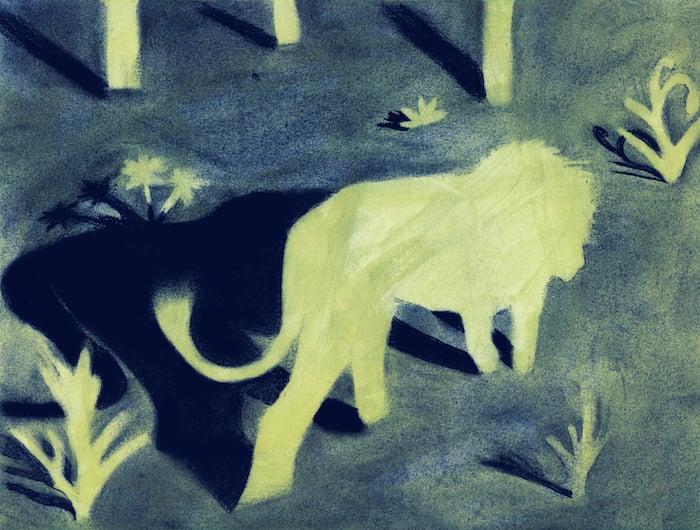

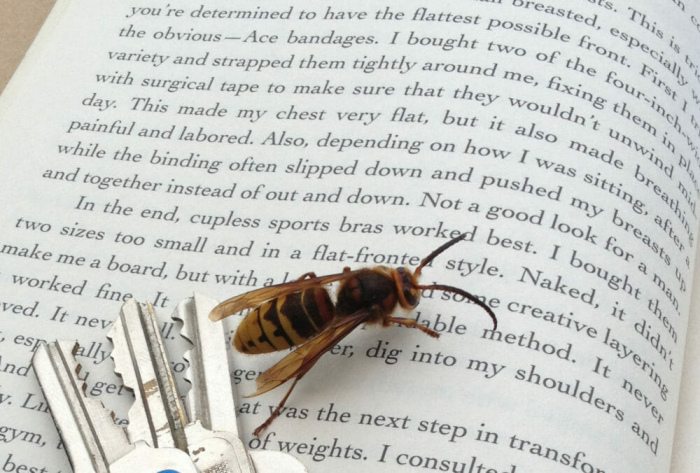

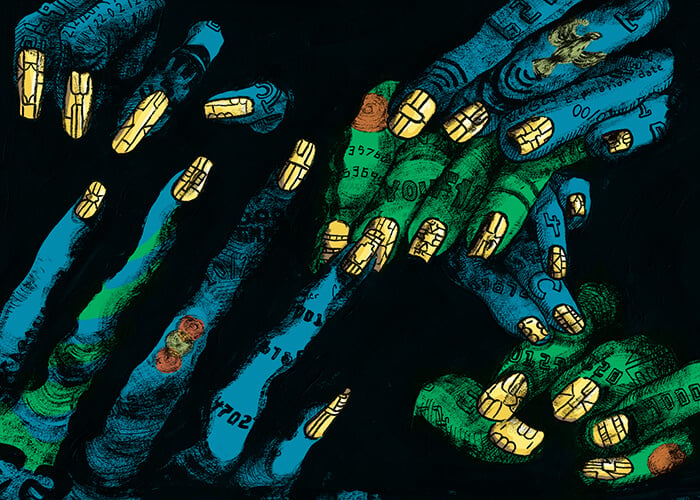
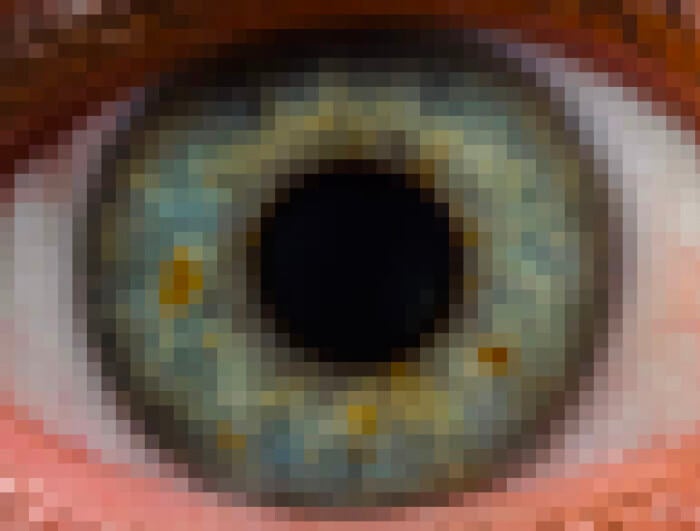

No comments:
Post a Comment